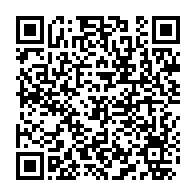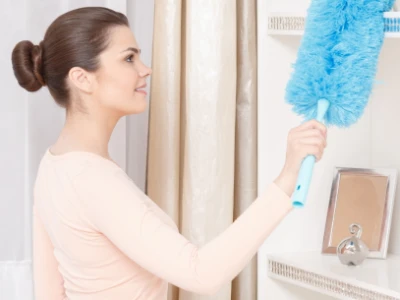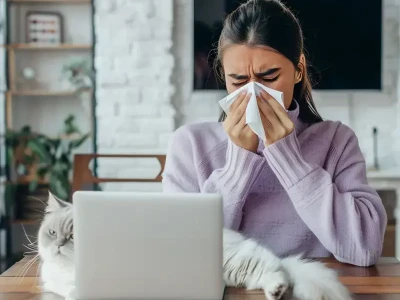Allergies
.jpg/jcr:content/Mask%20Group%20359%20(2).jpg 400w,/.imaging/webp/sanofi-chc/img-w500/dam/telfast/telfast-en-eg/en-eg/understanding-allergies/allergy-symptoms/allergies-and-sinusitis/Mask-Group-359-(2).jpg/jcr:content/Mask%20Group%20359%20(2).jpg 500w,/.imaging/webp/sanofi-chc/img-w600/dam/telfast/telfast-en-eg/en-eg/understanding-allergies/allergy-symptoms/allergies-and-sinusitis/Mask-Group-359-(2).jpg/jcr:content/Mask%20Group%20359%20(2).jpg 600w,/.imaging/webp/sanofi-chc/img-w700/dam/telfast/telfast-en-eg/en-eg/understanding-allergies/allergy-symptoms/allergies-and-sinusitis/Mask-Group-359-(2).jpg/jcr:content/Mask%20Group%20359%20(2).jpg 700w,/.imaging/webp/sanofi-chc/img-w800/dam/telfast/telfast-en-eg/en-eg/understanding-allergies/allergy-symptoms/allergies-and-sinusitis/Mask-Group-359-(2).jpg/jcr:content/Mask%20Group%20359%20(2).jpg 800w,/.imaging/webp/sanofi-chc/img-w900/dam/telfast/telfast-en-eg/en-eg/understanding-allergies/allergy-symptoms/allergies-and-sinusitis/Mask-Group-359-(2).jpg/jcr:content/Mask%20Group%20359%20(2).jpg 900w)
In this page you will find information about
What is the relationship between allergic rhinitis and sinusitis?
Allergic rhinitis, or hay fever, happens when you breathe in something to which you are allergic, and the inside of your nose becomes inflamed and swollen.1
Allergic rhinitis
What is allergic rhinitis?
Allergic rhinitis occurs when your body’s immune system reacts to an irritant in the air. The irritants (allergens) such as dust, mites, molds, insects, pollen, pet dander.2
The immune system tries to protect your body by releasing natural chemicals into your bloodstream. The main chemical is called histamine. It causes mucous membranes in the nose, eyes and throat to become inflamed and itchy as they work to eject the allergen.2
What are the symptoms of allergic rhinitis?
The most common symptoms of allergic rhinitis are:2
Sneezing2
Nasal congestion and runny nose.2
Itchy nose, eyes, and throats.2
Increased mucus in the nose and throat.2
How to prevent and treat allergic rhinitis?
There is no way to prevent allergic rhinitis, but lifestyle changes can help you live with allergies. You can relieve hay fever symptoms by avoiding irritants as much as possible. To reduce symptoms, you should:2
Avoid touching your face and rubbing your eyes or nose.2
Close windows in your home and car during the spring, summer and early fall when pollen counts are higher.2
Enclose pillows, mattresses and box springs in dust mite covers.2
Keep pets off couches and beds, and close doors to bedrooms you don’t want them to enter.2
Use filters in your vacuum cleaner and air conditioner to reduce the amount of allergens in the air.2
Wash your hands often, especially after playing with pets.2
Wear a hat and sunglasses to protect your eyes from pollen when you’re outside. Change your clothes as soon as you come indoors.2
The use of antihistamine medications also relieves allergy symptoms.2
Oral second-generation/less sedating antihistamines for patients with AR and primary complaints of sneezing and itching.3
Telfast is made to help
Telfast® (fexofenadine hydrochloride), for example, is part of this group of second generation antihistamines3. But for the indication of any drug treatment, the recommendation is to seek a specialist.
Recommended Reading:
1. World Health Organization, Noncommunicable diseases: Allergic rhinitis and sinusitis, Available at: https://www.who.int/news-room/questions-and-answers/item/noncommunicable-diseases-allergic-rhinitis-and-sinusitis#:~:text=Blocked%20sinuses%20can%20be%20caused,in%20turn%20blocks%20the%20sinuses. ; last accessed: 14/4/2022
2. Cleveland Clinic, Allergic Rhinitis, Available at: https://my.clevelandclinic.org/health/diseases/8622-allergic-rhinitis-hay-fever ; last accessed: 14/4/2022
3. Seidman MD, Gurgel RK, Lin SY, et al. Clinical practice guideline: allergic rhinitis. Otolaryngology–Head and Neck Surgery. 2015 Feb;152(1_suppl):S1-43.
Approved by Egyptian Drug Authority: HF0253OA3948/072025. Invalidation date: 28/07/2027. Kindly report any violated online promotional, educational and awareness material not having this message to The General administration for Regulation of Marketing & Advertising Materials at: www.edaegypt.gov.eg

HF0253OA3948/072025
28/07/2027











